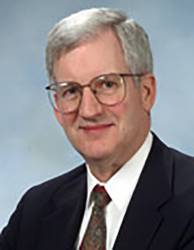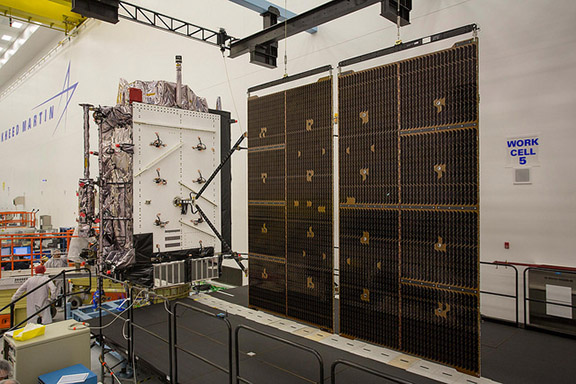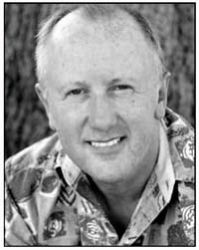AFSPC Commander Holding Steady Through Sea of Changes
 General John (Jay) Raymond
General John (Jay) Raymond The ground was already shifting when Gen. John (Jay) Raymond took charge of Air Force Space Command (AFSPC) in October 2016. Just six months before, his predecessor Gen. John Hyten had announced the Space Enterprise Vision, a new way of approaching space asset development, management and protection now that space had become both contested and far more crowded. There were issues across the space, ground and user segments of the GPS program; sequestration was still looming and Congress was looking closely at how to reorganize the way the Air Force managed its space programs.
By Inside GNSS





























